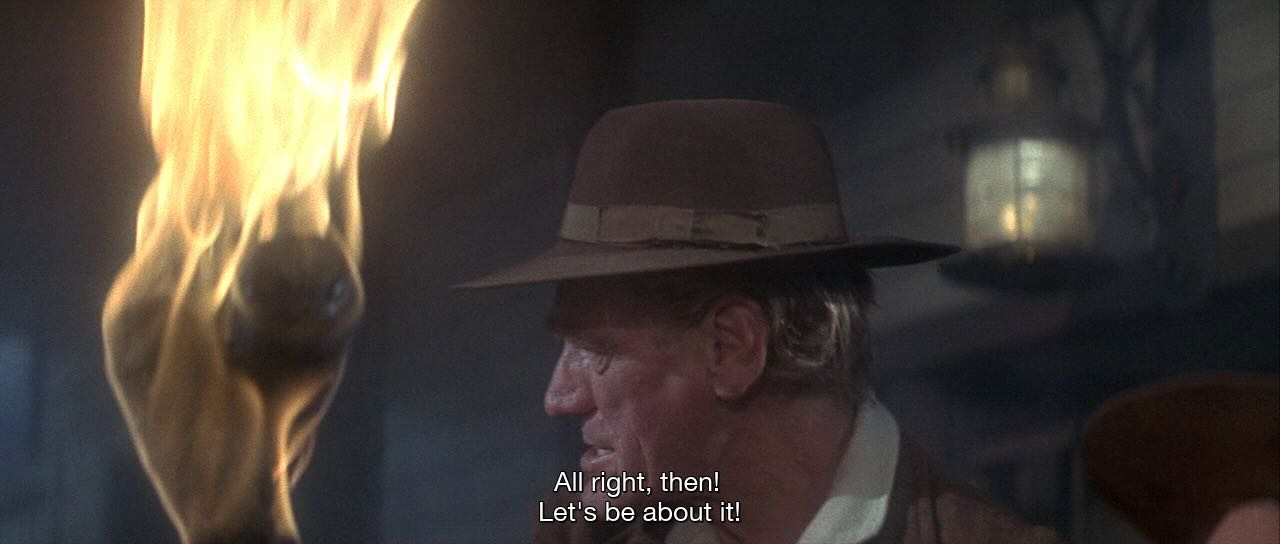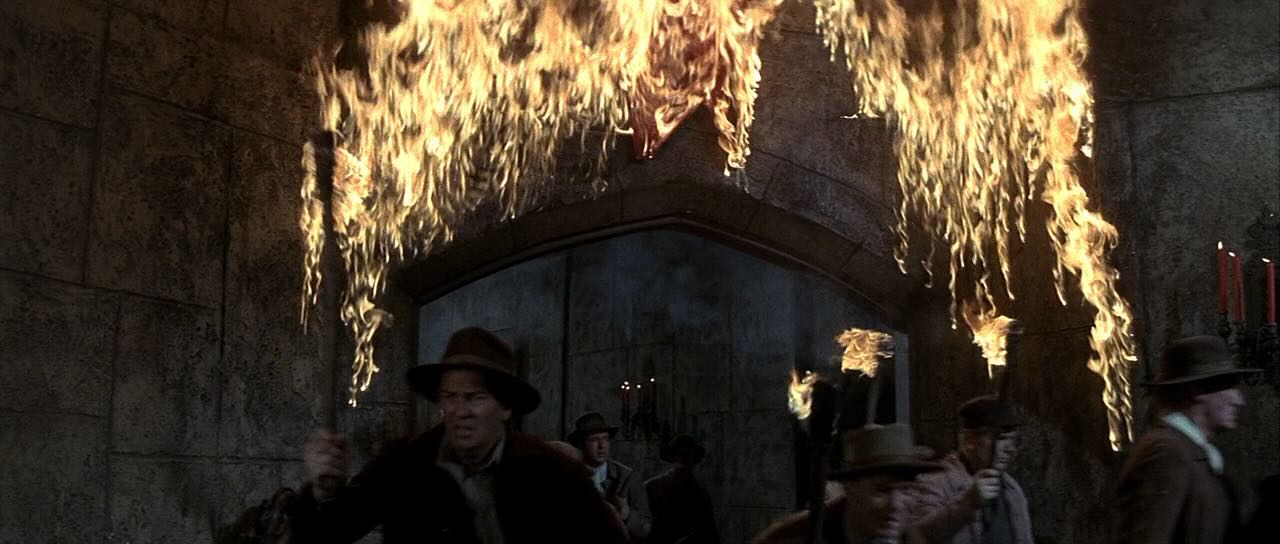“One becomes accustomed to the darkness here.” Another year, another lovely Corman/Price/Poe movie, this one with some Lovecraft mixed in. The Raven came out in January, The Terror in June, X in July, and this in August – Corman was a powerhouse in ’63.
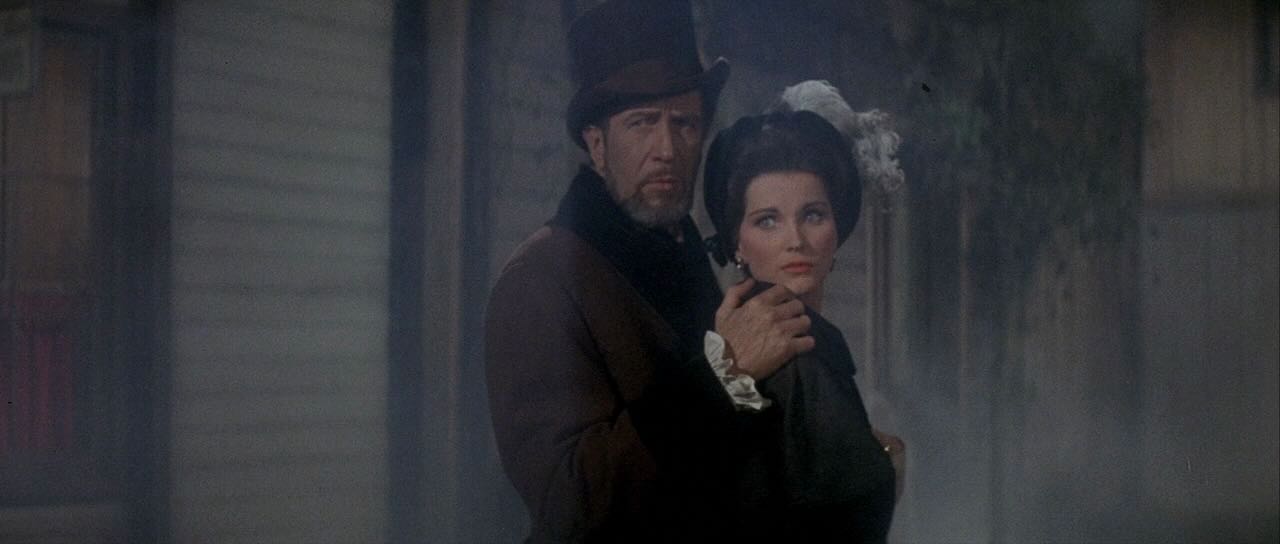
Vince prepares the waffle iron:
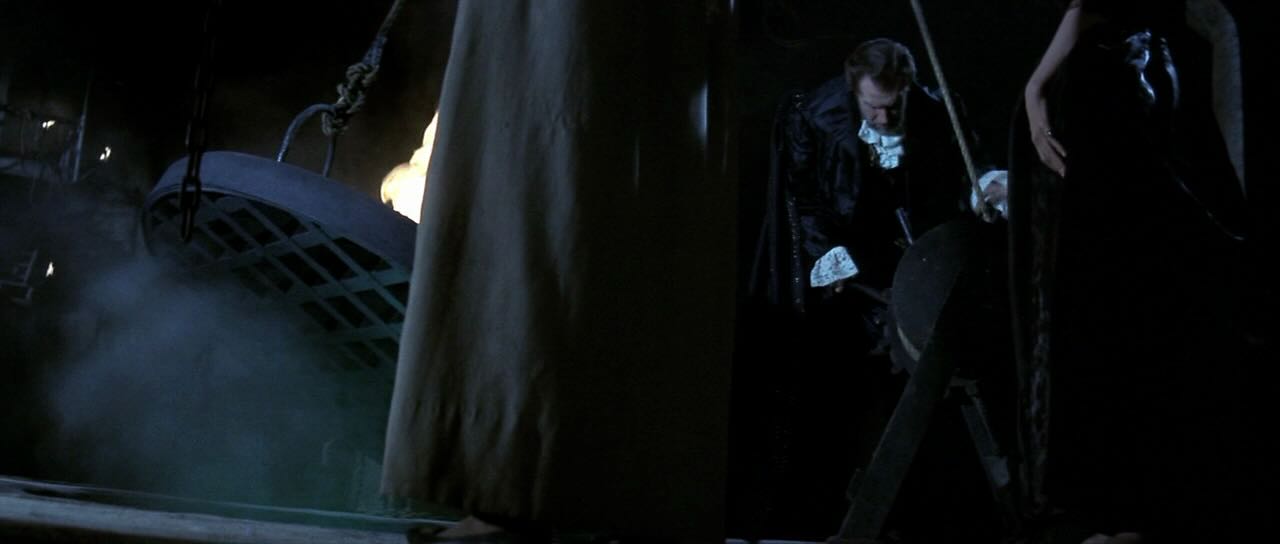
110 years after Vince got burned as a witch, his descendant (also Vince) comes looking for his haunted palace inheritance, along with his useless woman Debra Paget (of Tales of Terror, Lang’s Indian Tomb star). They find Lon “The Wolf Man” Chaney claiming to be the caretaker, but he’s standing in the dark and has cleared out none of the cobwebs.
Elisha debuts his famous wide-eyed stare:
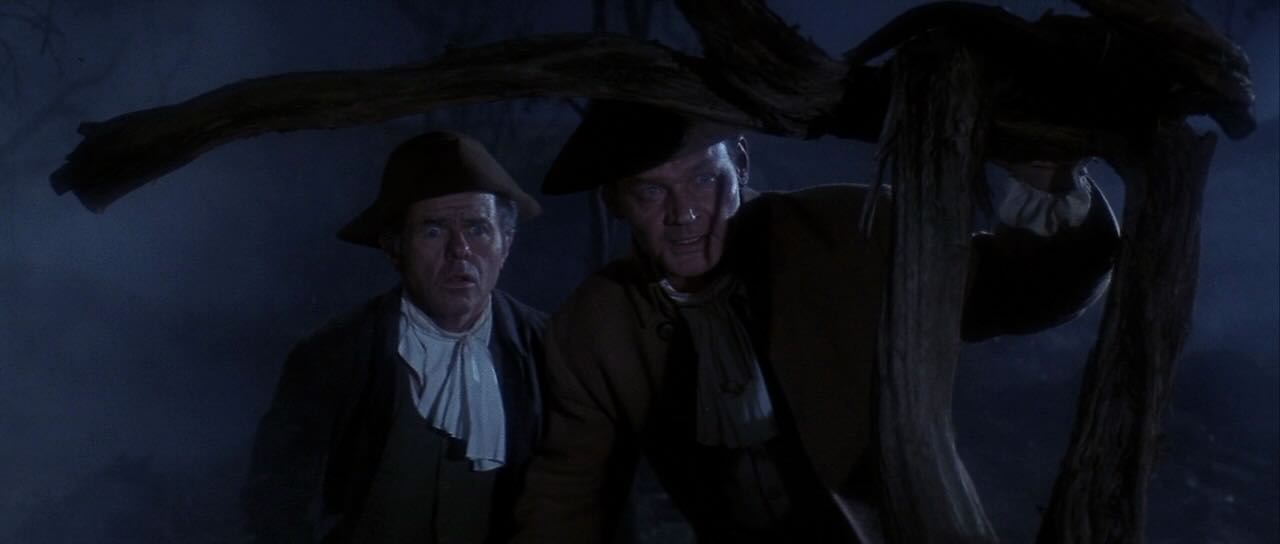
Possessed Vince with Lon and their bald friend:
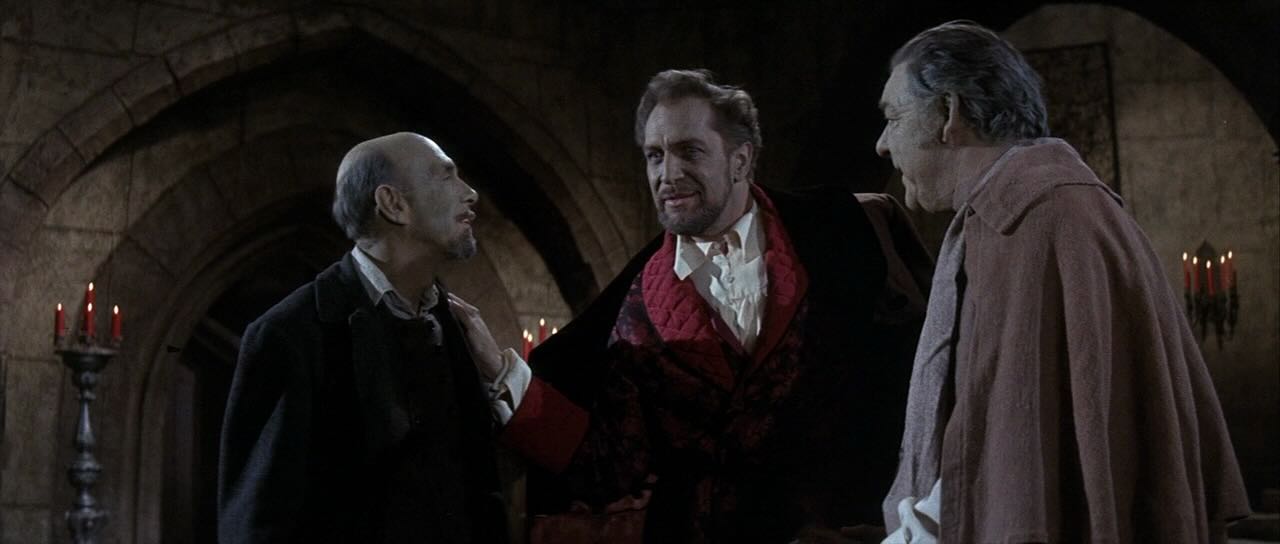
Ancient Vince had possessed the Necronomicon (this is a good movie to watch right after The Ninth Gate) and his vengeful spirit still lives in the basement. With Chaney’s assistance he possesses Current Vince and summons hellfire against his enemies’ families who all still live in town – first Leo Gordon (villain of Riot in Cell Block 11) then the great Elisha Cook Jr. (in his first of many demonic and scary-house movies). The only normal guy who advocates against revenge and mob violence is Dr. Frank Maxwell (also the only normal person in The Intruder), but you can’t stop mob violence – at least the townspeople pause outside the castle to call Vince’s name a couple times before they charge in and set the place on fire.
How people in New England say “let’s do this”
